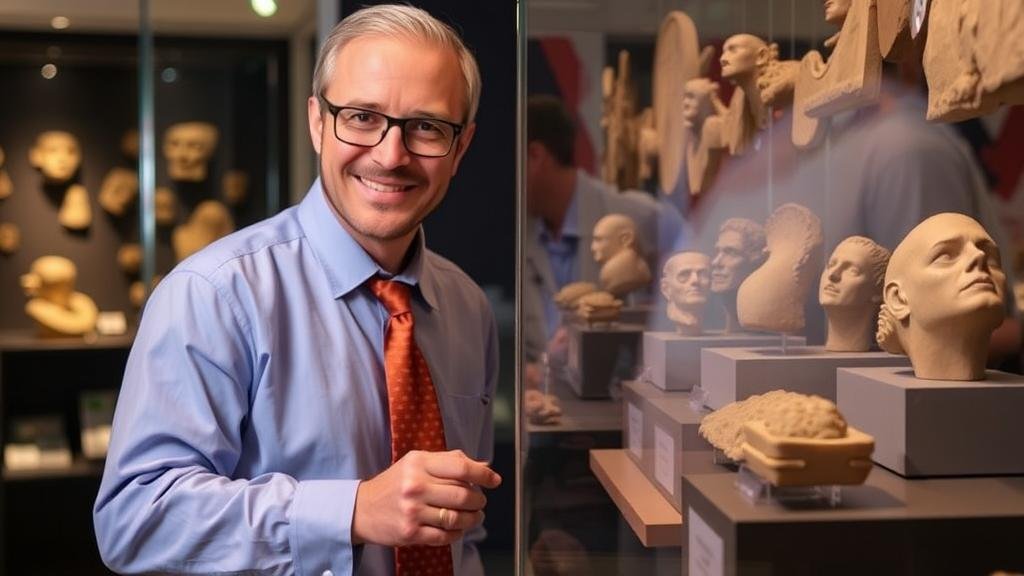From Discovery to Museum Display: Turning Major Finds into Prestige Sales
From Discovery to Museum Display: Turning Major Finds into Prestige Sales for Rockhounds and Mineral Collectors
Rockhounding and mineral collecting is not only a fascinating hobby but also an intriguing venture that can lead to substantial financial rewards. By transforming major finds into museum-quality displays, collectors can enhance their prestige and potentially reap significant sales. This article explores the journey from discovery to display, providing insights, examples, and practical tips for aspiring collectors.
The Thrill of Discovery
The journey begins with the discovery of a unique mineral or fossil specimen. Factors such as location, rarity, and aesthetic qualities greatly influence a finds potential value. For example, the discovery of a large amethyst geode in Brazil can fetch upwards of $200,000 due to its size and clarity. Rockhounds often explore locations like:
- The Crystal Caves of Kentucky
- The Hogg Mine in Georgia
- The Gem Mountain Sapphire Mine in Montana
Understanding geological formations can elevate the chances of finding quality specimens. Knowledge of crystal formation, mineral properties, and historical sites substantially benefits collectors.
Evaluating Your Find
Once a specimen is discovered, thorough evaluation is essential. This process involves assessing the quality, size, and rarity of the find. Certain minerals, like Fluorite, can vary dramatically in value based on color and clarity. A top-grade specimen with vivid purple coloration can be worth significantly more than a duller sample.
Professional grading systems exist, such as the International Gem Society’s grading scale, which evaluates various aspects of gemstones. Rockhounds should be aware of factors like:
- Carat weight
- Clarity
- Color hue
- Cut quality
Preparation for Sale
Preparing mineral finds for sale involves not just cleaning but also proper presentation. Museum-quality specimens usually require professional restoration to enhance appearance without detracting from authenticity. A few key steps in preparation include:
- Gentle cleaning with soft brushes and distilled water
- Using appropriate storage solutions to prevent damage
- Creating an informational label that includes scientific classification and locality
Using photographic documentation also increases a specimens desirability during sales–provenance can significantly influence market value, as collectors prefer pieces with documented history.
Marketing Your Collection
Effective marketing strategies are essential for turning finds into prestige sales. Networking within the rockhounding community is beneficial. Online platforms such as Facebook groups and specialized auction sites like eBay or Heritage Auctions can provide exposure. Also, attending mineral shows can facilitate direct connections with potential buyers who appreciate fine specimens.
Statistics show that the global gemstone market is projected to reach $48.2 billion by 2025, highlighting the lucrative potential for savvy collectors. Understanding market trends, such as the rising popularity of crystal healing, can aid in pricing and marketing efforts.
The Role of Museums
Partnering with museums can elevate both the prestige of your collection and its market value. Institutions are often interested in showcasing exceptional specimens, which can lead to potential sales or even collaboration on research and exhibitions. When displaying in a museum, collectors often experience:
- Increased visibility among enthusiasts and professionals
- Reputational enhancement and validation from respected institutions
- Networking opportunities with geologists and paleontologists
Actionable Takeaways
For aspiring rockhounds and mineral collectors, the journey from discovery to display involves careful planning, preparation, and marketing. Here are actionable tips:
- Educate yourself on geology and mineralogy to improve your discovery rate.
- Network with other collectors and professionals for guidance and opportunities.
- Stay informed of market trends to capitalize on the demand for specific minerals.
- Partner with museums to add prestige to your collection and facilitate sales.
By following these insights and strategies, rockhounds and mineral collectors can successfully transition from amateur finds to reputable sales, enriching both their collections and their financial outcomes.


